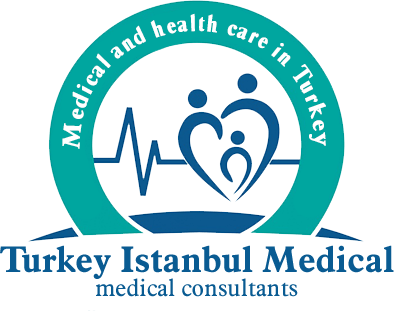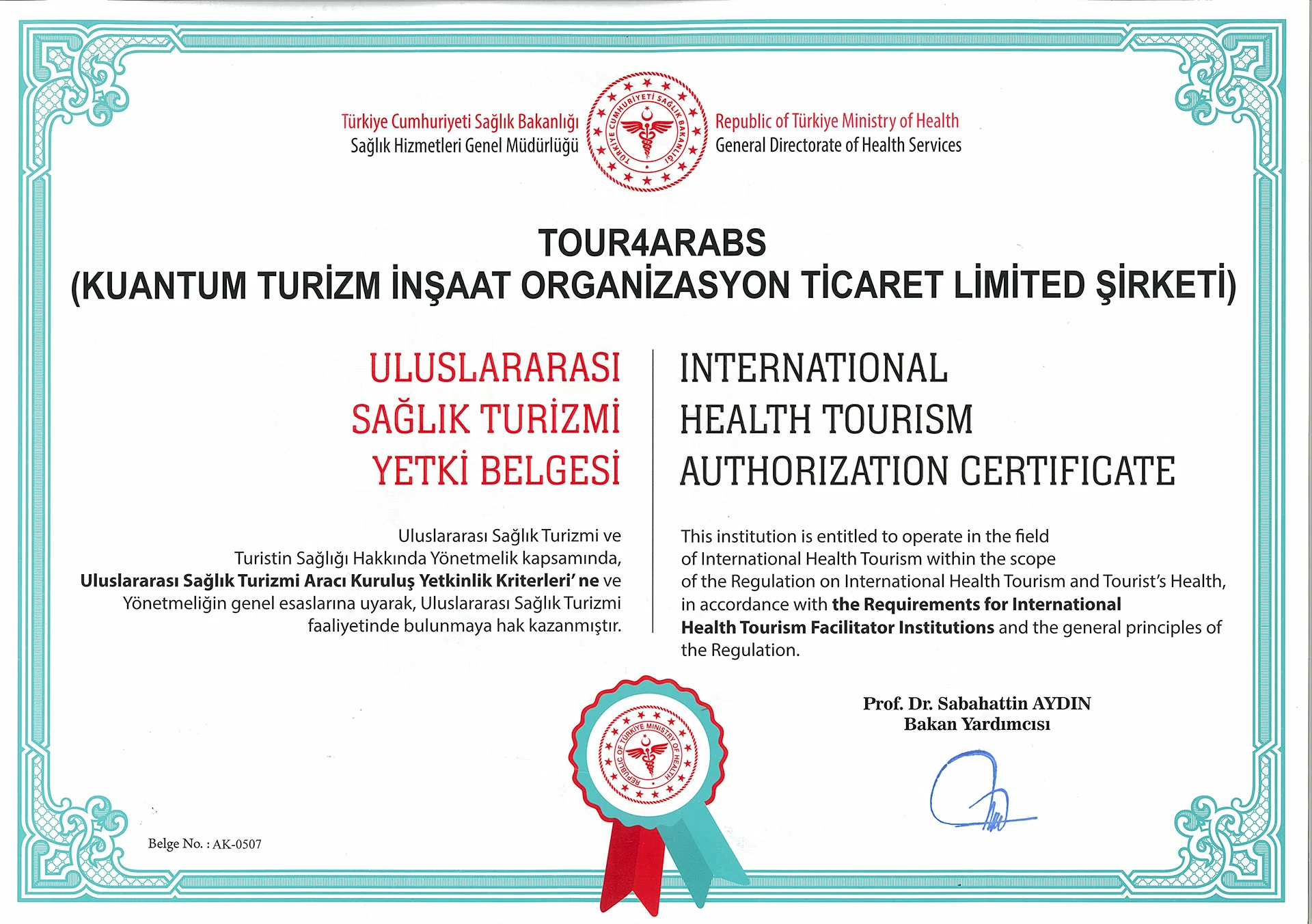Stockholm Syndrome
Stockholm syndrome, This disorder can be expressed as an emotional attachment of an individual held hostage to a hostage person.
In other words, the Stockholm Syndrome is when the hostages come to the level of understanding the feelings of the hostage takers and try to help these individuals as a result of the time they spend with the hostage-takers, and as a result they want to identify with them.
In other words, it is a strange situation for the individual to adopt the conditions that force or even upset him, to defend himself, not to see the points that cause these conditions and to stand by the oppressor.
History
This syndrome was first described by psychiatrist Bejerot. It was named after an event that took place in Stockholm, the capital of Sweden, in 1973..
The case is as follows. It emerged when a woman working in a bank, who was taken hostage for 6 days during a bank robbery, became emotionally attached to the person who committed the robbery.
When She was released, she separated from her fiancé and waits for the person who took her hostage to get out of prison and she marries that person.
Another incident related to this syndrome is as follows: Thieves who tried to rob a bank in Stockholm took 4 bank officials hostage for 6 days.
Continue
But the thieves treated the bank officials well, and the relationship progressed positively.
The hostages, realizing that the police would raid the bank, warned the thieves.
They did not even testify against the robbers. They collected money among themselves and paid the defense fee.
The incident resulted in a headline saying the Robbers could not steal money from the bank, but they stole some people’s hearts.
Again, a rich person named Patty Hearst was caught two months after he was kidnapped by a group of female terrorists while committing a robbery with the same group.
Development Mechanism
Individuals who have been harmed as a result of long-term violence may begin to identify with the aggressor and act in order to survive. The fact that the will of the injured person depends on the individual who committed the attack is not a decision taken voluntarily, but a result of the attempt of violence.
This traumatic attachment process has been described as follows:
(Appelt,Kaselitz, Logar 2004) “The perpetrator’s first goal is to enslave the victim, and he achieves this goal by establishing despotic control over every aspect of the victim’s life.
But mere submission rarely satisfies him; he has a psychological need to justify his crimes, and for this he needs the victim’s approval.
That’s why he constantly demands that his victim show respect, gratitude, and even love. The aggressor’s ultimate goal seems to be to create a willing victim”. (Herman,1992)
Development Process
We can say that the main reason for the manifestation of this syndrome is the survival instinct of the individual.
The individual, who is completely isolated from the external environment, thinks that he is dependent on the individual who applies violence and pressure to meet his needs.
The person who carried out the attack grows meaninglessly in the eyes of the person he has taken prisoner with the small favors he has done.
Continue
In fact, after a certain period of time, the captive individual puts himself in the place of the perpetrator of the attack and starts to evaluate the events and to justify his actions.
As a result of completely ignoring the violent tendency of the person who applies the oppressor by the captive individual, dangerous situations that have been or will be experienced are also rejected.
The individual who is exposed to violence thinks that his only positive relationship is the experience between himself and the perpetrator and does not want to sacrifice this relationship.
For this reason, it becomes more and more difficult to break away from the individual who committed the attack.
The situations that predispose to the Stockholm syndrome, that is, to identify with the aggressive individual, can be listed as follows:
- Existence of a life-threatening danger,
- The state of isolation from the external environment,
- Being unable to get out of the environment they are in or coming to the conclusion that they cannot escape from the environment they are in,
- The captive individual sometimes shows close and benevolent attitudes.
This is generally more common for women. In other words, the woman is very afraid of provoking and angering the aggressor at the time of violence.
She even tries to win her love and behaves as if she gives her rights.In wars, pathological attachment to the other side is seen in prisoners of war.
In some cases, in which the aggressor is identified with the hostage individual, some feelings are developed by the hostage person. So much so that even personality change is seen in the individual.
Some Groups with Stockholm Syndrome
- In cases of hostage-taking or kidnapping that creates pressure in the same way,
- Individuals at the age of children who are exposed to rape, incest or sexual harassment,
- In child abuse,
- To be in a state of war,
- Being a prisoner of war
- Having to continue his life in prison camps called concentration camps,
- In prostitutes who are sold for money,
- Being exposed to domestic violence, which is the biggest problem of our day,
- Belonging to oppressive religious sects,
- Exposure to political pressure
- Being exposed to long years of imprisonment,
- It’s like being put under house arrest.
Treatment of Stockholm Treatment
The first method is psychotherapy. That is to raise awareness. The person who exhibits bad attitudes should be made aware of the reason for their actions and what idea they serve. A safe environment should be created. Reminders should be provided. Time must be given to establish proper communication with life again.






